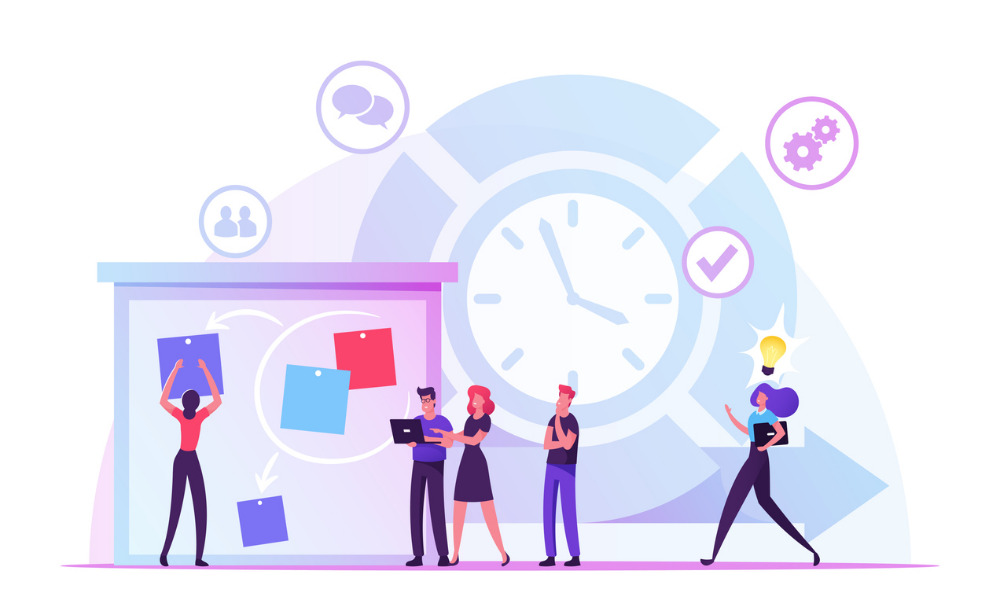Exclusive whitepaper looks at HR's critical role in building a positive experience

This article was produced in partnership with People Corporation.
The pandemic has demonstrated that HR plays a critical role in determining what works, what doesn’t, and what lessons have been learned. This has been vital for laying the framework of a positive employee experience throughout the entirety of the employee lifecycle.
Rather than viewing employee engagement efforts as a checklist item or yearly objective, HR understands the need to design and encourage an employee lifecycle that is ingrained in the organization’s culture.
The employee life cycle is parallel to the typical customer journey, where there is a clear understanding, trajectory, and framework for each stage.
In its white paper People Power: Human Resources’ Role in Successfully Navigating the Employee Lifecycle, People Corporation takes an in-depth look at the six key stages of the employee lifecycle model (ELC): Attraction, Recruitment, Onboarding, Development, Engagement & Retention, and Offboarding:
Attraction: This is one of the most critical stages of the employee life cycle. Regardless of how innovative and exciting your company culture and employee value proposition is, without key talent, your organization may not be able to maximize success. HR plays a key role in the attraction of candidates by infiltrating the talent marketplace with your company’s brand.
Recruitment: No matter the reason, recruitment efforts need to offer an exceptional candidate experience, involve multiple decision-makers, center around transparency, include clear evaluation criteria and provide meaningful information that can be used to improve hiring results over the long-term. As an added bonus, these best practices also help ensure the process is equitable and inclusive.
Onboarding: The quickest way for talent to walk out the door is if they realize the attraction and recruitment stages were all smoke and mirrors. To ensure a well-thought-out onboarding process, HR professionals need to envision themselves in the new employees’ shoes. What would they consider an ideal first day? What would excite them about working for the organization? New hires want to feel welcomed, comfortable and accepted.
Development: HR plays an essential role not only in creating a culture of development, but in breaking down barriers to successful career growth. HR has a responsibility to inspire, motivate and maximize employee potential for the next generation of leaders in the organization. Taking the time to create a blueprint for all employees to leverage after the onboarding phase is critical to both employee and organizational success.
Engagement & Retention: Uncertainty breeds anxiety and fostering workplace transparency by keeping employees informed of company news, decisions and direction is critical to creating a trusting relationship between the employer and employee, while decreasing job-related stress. This means transfer of knowledge and information beyond executive-level positions, to individuals in all positions. By doing so, HR can help create a shared purpose amongst employees, empowering them to feel that they play an active role in company success.
Offboarding: While the other stages of the employee lifecycle may get more attention in, examining and investing in your offboarding process is an essential part of maintaining a positive organizational reputation in the industry, maximizing employee referrals, and upholding the employee experience from end-to-end. Furthermore, assessing and investing in your offboarding process can lead to an advantageous cycle of learning from your organization’s mistakes and continuously improving them for the future.
For further insight, download the white paper People Power: Human Resources’ Role in Successfully Navigating the Employee Lifecycle, People Corporation today.




